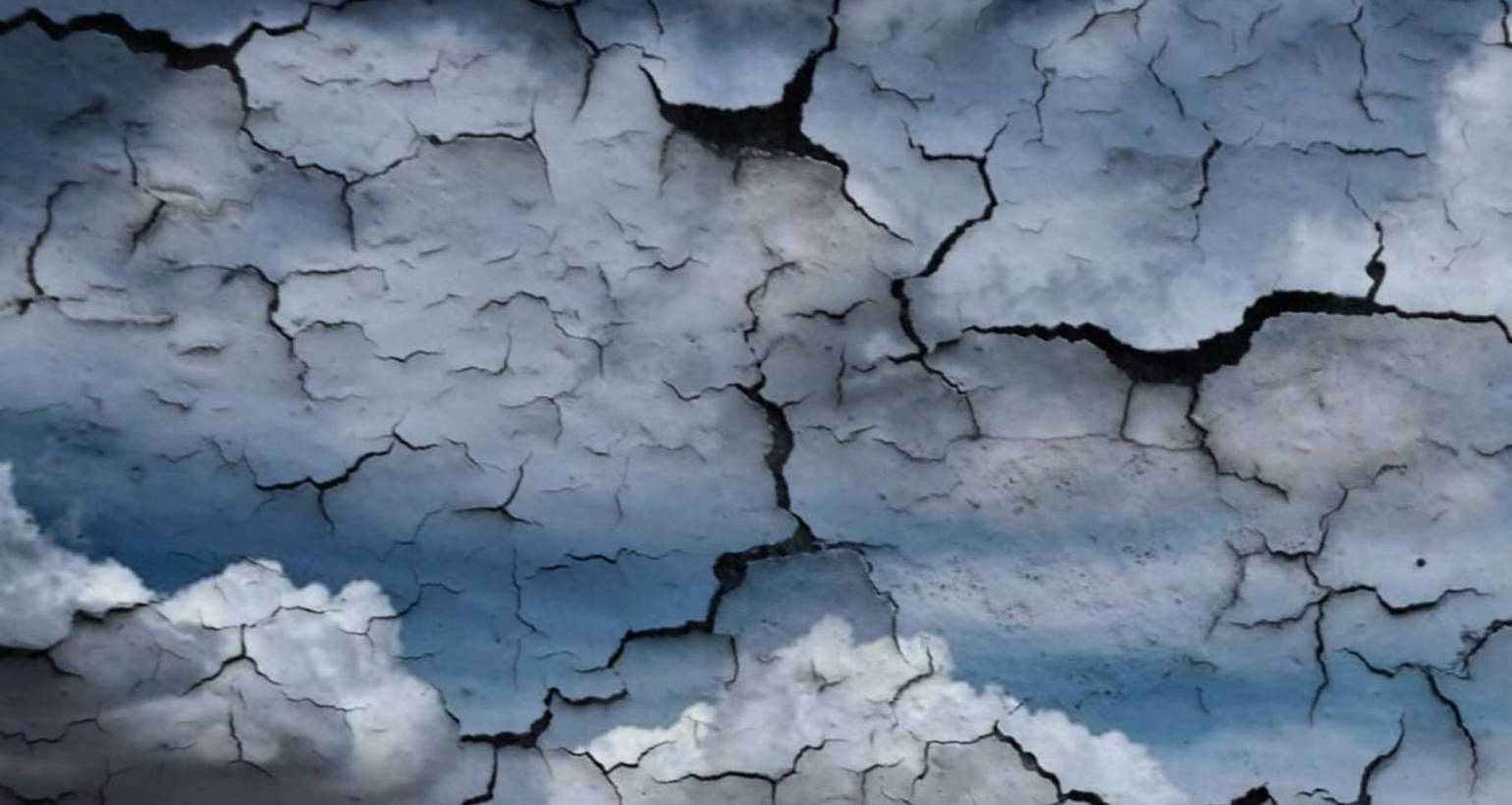Reasons for flaking or blistering Paint
Flaking is likely to be caused by poorly adhering, powdery old coatings. Check for the presence of powdery coating by rubbing your hand over the surface – powder on your hand indicates a problem.
This may be due to any of the following factors:
- Moisture trapped beneath the surface of the paint film.
- If the paint is applied over a powdery or friable surface.
- Surface contamination such as dirt, oil, and grease.
- Excessive movement of the substrate, such as joints, imposing stress on the paint film which can result in cracking which in turn lets in moisture, ultimately resulting in a flaking paint
Moisture
The maximum moisture content for any surface that is to be painted is 12-14%. Painting a surface that contains a higher level of moisture can lead to peeling problems. The only accurate way of determining moisture content is with an electronic moisture meter.
Too Many layers of paint
There is a limit to the number of coats of paint that a surface can support. As the paint thickness builds up over time, and the coatings get older, they lose their flexibility. As the substrate (surface) expands and contracts because of temperature fluctuations or moisture, the paint film is no longer flexible enough to move with the surface. Cracking or flaking of the coating usually results.
Putting it right
Scrape off any loose flaking and poorly adhering coating and wash off the powdery material with clean water. The surface should then be suitable for painting when dry. If the plaster is Reasons for flaking or blistering Paint exposed in areas, prime these areas first and then follow with your choice of top coat.

